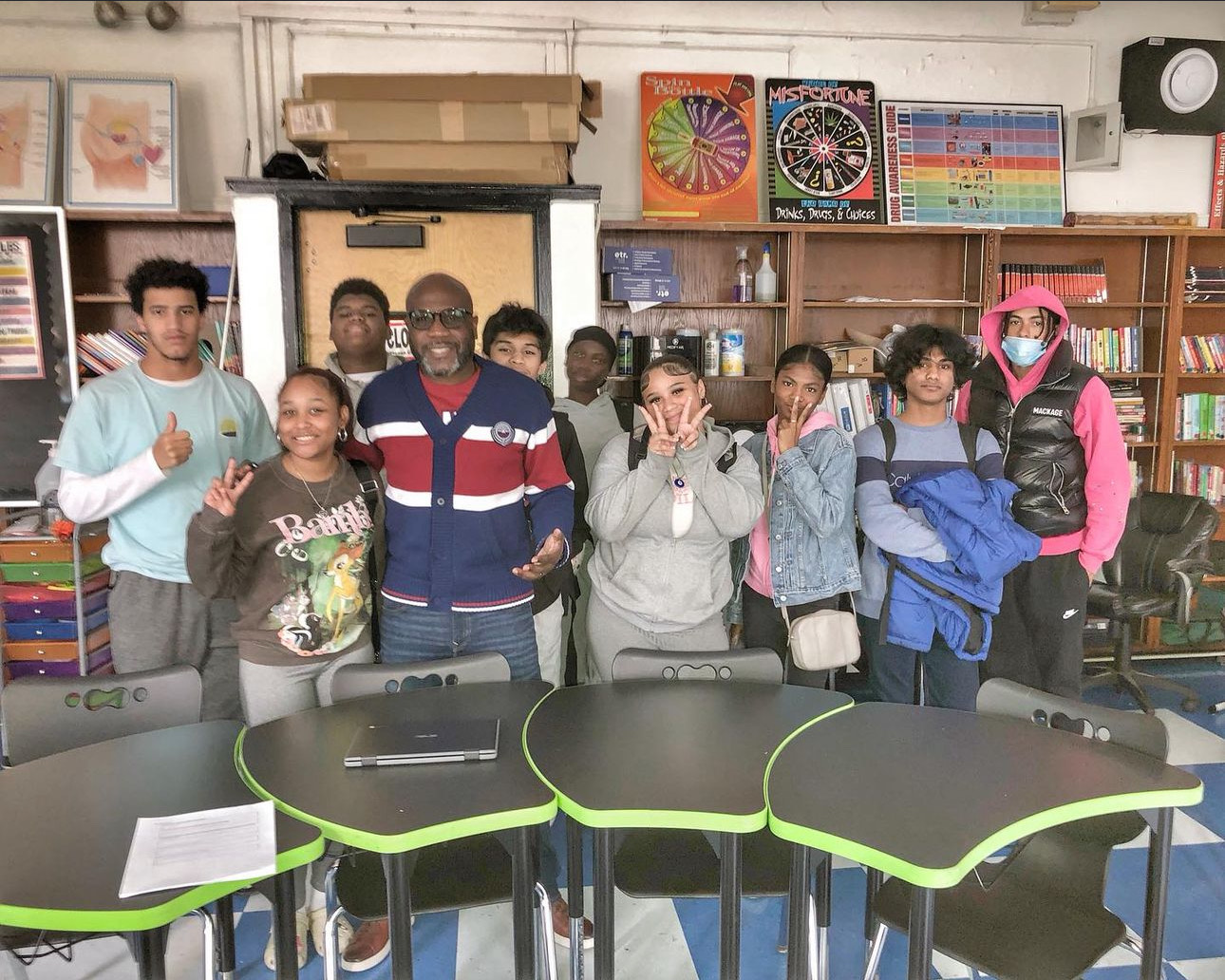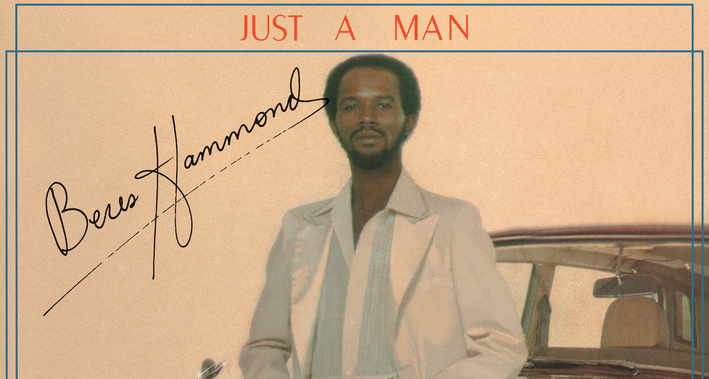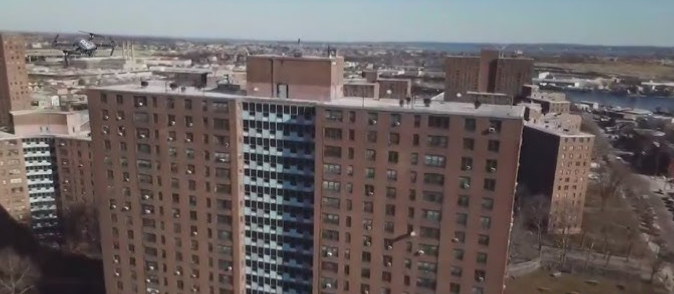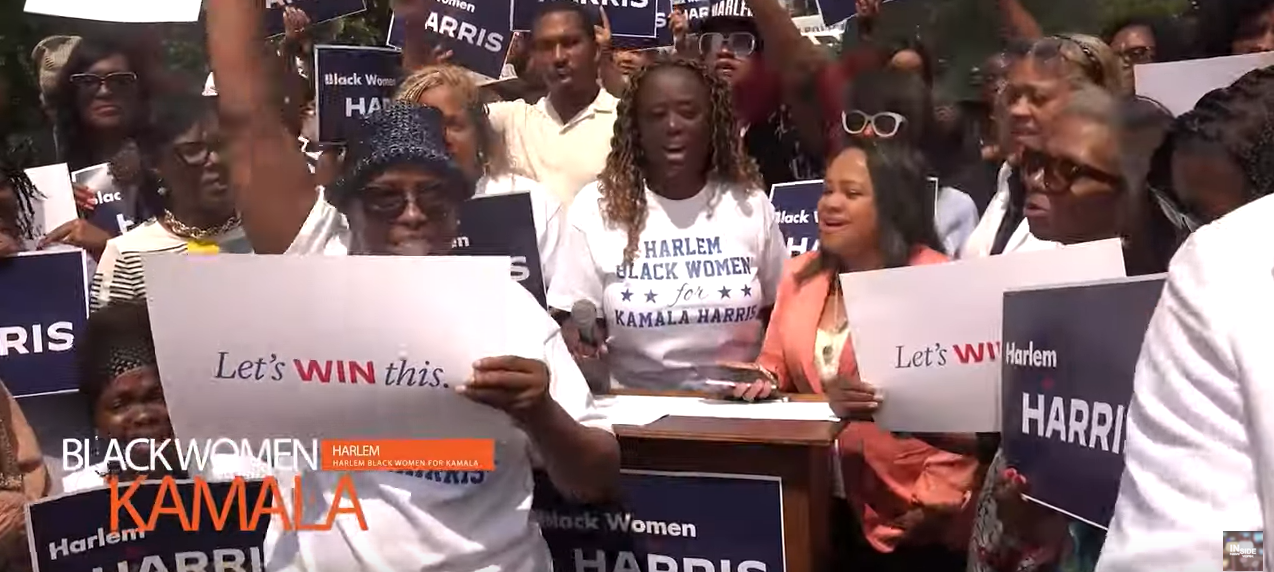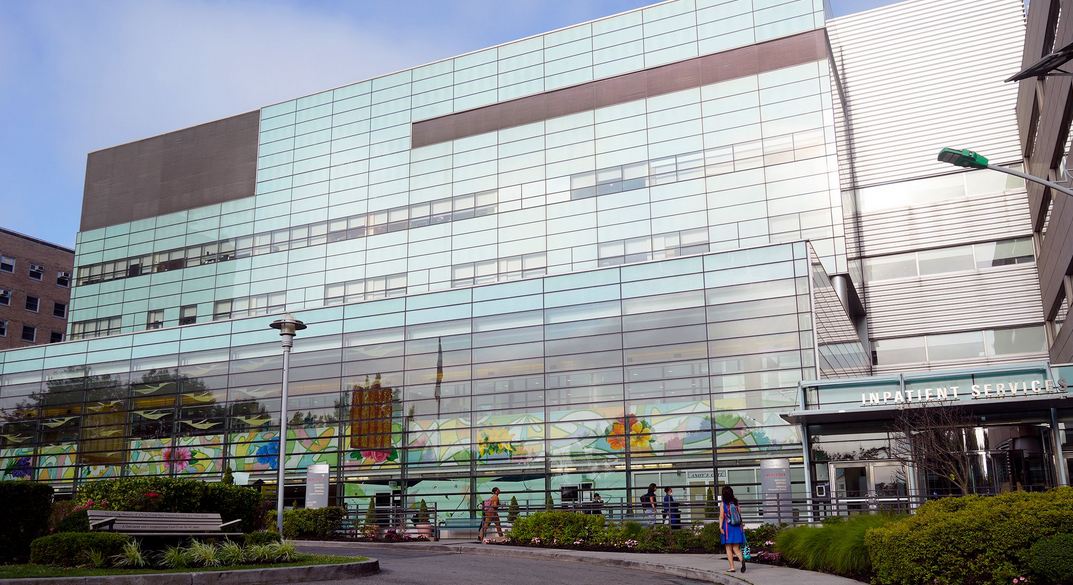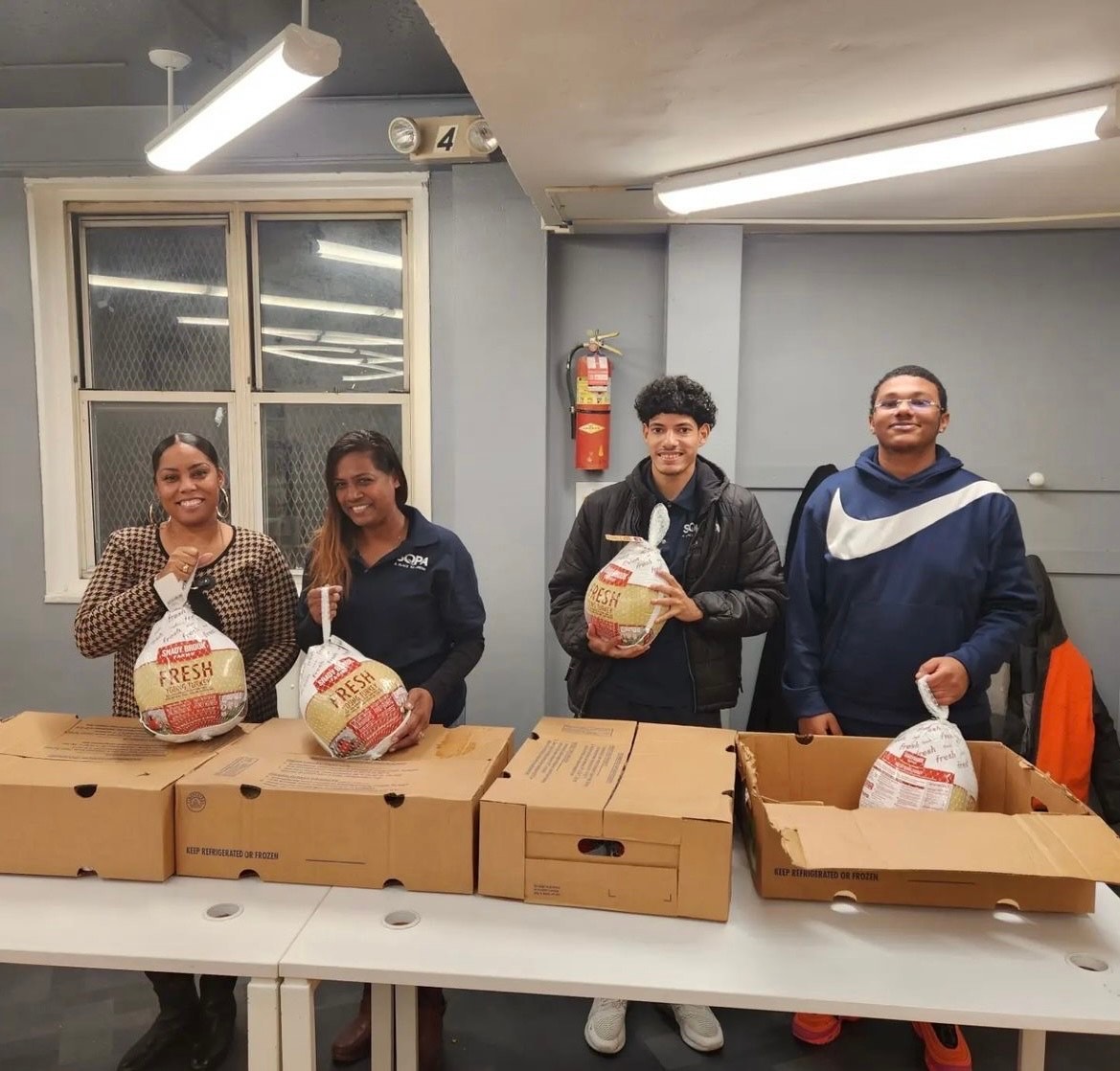Mayor de Blasio
Mayor Bill de Blasio’s remarks at ABNY Breakfast
I’d like to thank all the members of my Administration here today for their dedication and diligent work, day in and day out, to lift up the people of this great city.
I want to acknowledge Governor David Paterson; Mayor David Dinkins; and all the elected officials here, as well as all the great business and labor leaders who join us this morning.
I’d also like to acknowledge my partner in everything I do, my favorite public servant, and the First Lady of New York City: Chirlane McCray. She is making a lasting imprint on this city through her work in mental health, and so much more. All 8.5 million New Yorkers are extraordinarily lucky to have her fighting for them every day.
When I last addressed this distinguished audience, I spoke about our deep, broad fight against inequality – our fight for opportunity for all. It’s a fight that means so much for every New Yorker, and for the trajectory of this entire city.
I’m sure many of you instinctively know this. I imagine there was a point in your life where you seized a chance to work hard, to give everything you’ve got in pursuit of a dream. Imagine now. . .if that chance was never there in the first place. Or, if despite all your hard work, you just couldn’t find a way to get ahead.
That’s why we work every day to create more opportunity for New Yorkers and that’s why we continue to deliver on our promises to give more of our hardworking families that chance.
When I spoke to you nine months ago, our economy was booming, the city was safer than ever, and we were building and preserving affordable housing at an unprecedented pace.
Today?
Our economy is even stronger – nine more months has brought us to an all-time high of over 4.2 million jobs. That includes more than 179,000 jobs added since January 2014, when I took office. Unemployment is at 4.8%, the lowest it’s been since before the Great Recession.
The city is even safer than nine months ago – in fact, New Yorkers are safer than they have ever been in modern recorded history, and we are the safest big city in America. Nine months has brought us to a nearly 2.5% drop in crime compared to last year – which itself was a record year. Gun arrests are up 8.5%, and shootings are down 2.5%. We’re on track to have the third lowest homicide rate in city history – in the neighborhood of 350, a number that seemed unthinkable just 5 years ago, when there were 536 murders in a year. There have been, in all, approximately 2,400 fewer major crimes in 2015 than in 2014 – 2,400 instances where our communities were kept safer, thanks to the men and women of the NYPD.
Our streets are even safer for pedestrians, drivers and cyclists, too. There have been 58 fewer traffic fatalities for the year than at this time in 2013, the year before Vision Zero began. That puts us on a course to beat our own record, set in 2014, for the safest year since 1910, when record-keeping began.
There is even more affordable housing relieving the burden on families all across the city. In these final weeks of the year, we expect to close on thousands of affordable apartments, building on the more than 30,000 already secured for New Yorkers, and keeping us right on pace towards our goal of 200,000 affordable apartments by 2025. That’s more than 30,000 families, from the poorest to the middle class, whose lives will be transformed.
This work is happening all over the city, but one recent deal took us to the East Side of Manhattan, where we executed the largest City-led housing preservation deal in NYC history, preserving more than 5,000 apartments at Stuyvesant Town–Peter Cooper Village. I want to thank Council Member and Stuy Town resident Dan Garodnick, who is here today, and the Stuy Town-Peter Cooper Village Tenants Association, for their partnership.
So we’ve made a lot of progress in those areas, and I want to take stock of other ways we’re lifting up our families and strengthening the city.
I’m very proud of the fact that more than 65,000 children are enrolled in free, full-day, high-quality pre-K – on the path to lifelong learning. That’s compared to 20,000 just two years ago.
And all across our school system, we’re raising standards and creating initiatives, like Computer Science for All and Advanced Placement for All, so the next generation of our workforce is second to none.
In partnership with Speaker Melissa Mark-Viverito and the City Council, we launched IDNYC at the beginning of the year. Since then, more than 670,000 people have gotten their IDNYC card. They’ve redeemed memberships to some of the city’s greatest cultural offerings and gained access to services – like opening a bank account – that are vital to building a life here.
We’ve also entered a new era of fiscal responsibility. When we came into office, there were zero settled contracts with the city’s workforce. Now, 92% of the workforce – more than 310,000 people – are under contract agreement, meaning they will receive the fair wages they deserve while taxpayers are protected. And we’re protecting New Yorkers against an economic downturn, having raised the city’s financial reserves to unprecedented levels.
All the good happening in New York City is drawing people from all over the world. In 2014 our city saw a record number of tourists – 56.4 million.
Now, everything I’ve talked about is fundamental to building a successful city – a city where New Yorkers can raise their families, start a business, invest in their community. . .where people from all over the nation and the world want to come to seek success.
But there are other things that we are doing every day to make sure that our quality of life lives up to our identity as the greatest city in the world.
When I think about quality of life issues, I think as someone whose life as a New Yorker began long before I became Mayor of New York City. For years, I drove on our streets in my car, I walked around my neighborhood in Brooklyn with my young children, I rode the subways. I’ve lived in New York City continuously since 1979, and I vividly recall what the ‘80s were like, as many of you do. I remember over 2,000 murders a year. I remember people avoiding Brooklyn at all costs. I remember people moving out in droves, and the almost physical sensation of walking around the city and assuming crime could occur at any minute.
Those days are now long behind us – and a lot of people in this room have contributed to how far we’ve come. And because I lived through that time, I can tell you with 100% confidence that on my watch, we are never going back to those bad old days. We will never permit quality of life to erode.
There are, however, challenges that New Yorkers across the five boroughs are experiencing with respect to quality of life today. I have been listening very carefully to my fellow New Yorkers. I take this unease very seriously. And I want to share exactly what we’re doing, right now, to make sure New York City remains the greatest city in the world.
One basic measure of quality of life is the ease and comfort of getting around the city. If our roads are in bad shape, the consequences reach deeply into our neighborhoods, affecting our safety and our economy. That’s why I’m proud that Department of Transportation crews have patched more than 447,000 potholes since last January. And they have resurfaced 1,137 lane miles of roadway so far this year, including the first comprehensive repaving of the FDR Drive since it was completed almost 50 years ago. That’s something no previous Administration had attempted. And – this might be my favorite part – the FDR work was completed ahead of schedule, and under budget.
We’re improving the quality of life underground, too. Our unprecedented $2.5 billion contribution to the MTA will address delays and overcrowding, advance projects like the Second Avenue Subway, and fund station improvements.
While I’m talking about our subways, New Yorkers are also safer on the subway than ever before, a truly remarkable feat considering rising ridership. On October 29, the subway system hit its all-time high of 6.2 million riders in one day. On that day, there were 5 reported crimes. On an average weekday, 5.6M riders take the train, and 7 report crimes. That’s about one in a million. Twenty-five years ago, there were 40% fewer riders, and almost seven times as much crime!
Protecting our people – anywhere they are – is the first and foremost responsibility of government, and I’d like to thank Police Commissioner Bill Bratton, who is here with us today, for his extraordinary work. Let’s give him a round of applause.
Now, Commissioner Bratton and I have worked very closely to chart a path towards even greater safety in our city, and it’s led us to make a series of unprecedented investments and reforms. In partnership with the City Council, we are adding 1,300 new cops to the streets. On top of that, approximately 700 current officers will move from desk jobs to patrol. This means, in effect, over 2,000 more cops on the beat, deepening our protection against terror threats, and helping to execute our new vision of neighborhood policing.
A lot of progress has been made when it comes to quality of life in this city. But there’s one issue that has been a persistent challenge not just for years, but for decades, and affects the quality of life of all of us. For some, it undermines the very foundations of their lives. And that is homelessness.
I have heard the deep worries of New Yorkers, loud and clear. And every single day, my Administration is intensely focused on these concerns. Today, I want to talk about the problem of homelessness and the ways we are tackling it at City Hall.
So let me begin with the most basic truth: There are nearly 58,000 homeless men, women, and children in our shelter system today. It’s more than any New Yorker wants to see. But we need to look beyond the sheer numbers, and see who these New Yorkers are. Because they are by and large not the same kinds of people who were in shelter in recent decades. Homelessness has grown, yes, but it has also changed. So we must change to meet this new and different challenge.
Let’s take a moment to understand how we arrived here. My time in office began on January 1, 2014. On that day there were 50,689 New Yorkers in shelter. Exactly twenty years to the day before I took that oath, there were 23,526. That is a 115% increase in homelessness in two decades. So the question is why? What happened?
The first and most fundamental thing is that it got a lot more expensive to be a New Yorker. In the face of skyrocketing housing costs, wages remaining flat, and the plummeting number of rent-regulated apartments, thousands upon thousands of families simply couldn’t afford their rent.
People that were carefully balancing on the edge of “making it work” were finally pushed over that edge.
For years, when these families were on the precipice, government simply did not provide sufficient supports to pull them back. And when they eventually could no longer afford their homes, there were insufficient supports to help them get back into permanent housing. Proven programs to help families find and afford an apartment were cut back, with calamitous consequences. Many families who had been able to exit shelter found themselves there once again, and those entering shelter had drastically fewer places to go.
Families, not single adults, now make up the majority of our city’s homeless. Let’s be clear: that means 23,403 children in our shelter system today, compared to 9,552 on an average day in January of 1994. Many of the adults in these families are working, or have worked recently. But nonetheless, New York City’s economic reality is simply unsustainable for them. As a parent, I am outraged at the notion of a child growing up in our great city who doesn’t know the security of a place to call home.
If you care about New York City, you have to care about these families – about the injustice of working as hard as they can, and still being unable to afford a modest dwelling of their own.
So, for two years, we have been working day in and day out to undo this status quo.
We began to stem the tide of families entering shelter by providing tens of thousands of them with emergency rental assistance.
And we’ve invested more than $60 million to dramatically increase legal services for families facing unlawful eviction.
All told, to date we’ve served 91,000 New Yorkers at risk of homelessness through our prevention efforts.
Now, imagine that moment when a low-income parent knows that they’re going to have to move their family. For far too long, that has been a moment of hopelessness, because there has been almost nowhere to go. We are changing that status quo, building more housing that low-income families can afford, and preserving affordable units so that people aren’t pushed out. So far, 85% of all apartments secured under our housing plan are affordable to low-income families.
If a family does enter shelter, we immediately begin looking for every possible way to get them back into an apartment. Through our new initiatives, more than 22,000 people have moved from shelter to housing since July 1, 2014. Remember what I said earlier about the number of people in shelter 20 years ago? That’s roughly the same number we have moved out of shelter in the last year and a half.
I want to take a moment here to acknowledge the support of many partners in this work we’ve been doing. And I’d like to particularly thank one of those partners who is here with us today, City Council Member Stephen Levin, Chair of the General Welfare Committee.
Now, our families in shelter are the great majority of our city’s homeless, but they are the most invisible to many New Yorkers. It’s not that you don’t see them. You ride next to them on the subway, you’re in line with them at the coffee cart, they work at your company on a different floor. But what you don’t see is that they wake up in a homeless shelter, get themselves ready for work and their kids ready for school in a shelter, head out into the day, and then return to shelter after the day is done.
The homeless that we do see are very different. They occupy space outdoors day and night, and some of them panhandle. Now, it’s important to distinguish, as Commissioner Bratton and I do at every opportunity, that not everyone you see on the street is, in fact, homeless. We know some actually come from stable homes.
But we do know that there are three to four thousand quote-un-quote “street homeless” – people who don’t have a home to go to, nor do they go to shelter at night. We know that they are by and large single men, and that many are living with mental illness or drug abuse.
We know they dwell in many places in the city, but are mostly concentrated in Manhattan, with hotspots in other places, like McCarren Park in Williamsburg and Rose Hill Park in the Bronx.
We even know who most of them are. Walk into any police precinct across the city and you’ll find officers who can immediately tell you, by name, who the street homeless are within the confines of their precinct. They’ll probably also be able to tell you how they interact with the community and where you’re likely to find them that particular moment of the day.
We also know that the street homeless make many New Yorkers uncomfortable, and even fearful. Seeing someone on the street acting erratically or in distress pulls at us. It evokes compassion, but also makes us troubled. No one wants to confront those feelings on the streets of their city.
Now, I want to make something clear. It is not illegal to be homeless and those experiencing this painful reality take no joy in it.
But it is illegal to harass New Yorkers, use drugs, erect a makeshift shelter, urinate in public, and commit other quality of life crimes.
Now, just because it isn’t against the law to sit quietly out in the cold every day doesn’t mean it’s what we want to see happen in the greatest city in the world. The best thing for New Yorkers living on the street, and for our communities, is to help get them off the street and to begin to rebuild their lives, eliminating the need or desire to return to the street. That is what we are squarely focused on addressing with every tool we have: shrinking the number of New Yorkers who are homeless on our streets.
This work has already begun in force, everywhere it’s necessary.
For decades, the city was home to encampments where people lived 24 hours a day, and often they were drug dens, too. Encampments had been tolerated for many years. But I believe that encampments are not fair to anyone. It’s not fair to those suffering individuals. It’s not fair to the communities around them. So, through the good work of the NYPD and the Department of Homeless Services, we’ve shut down and cleared out 30 encampments that existed in this city.
So, if the first step to getting someone into a permanent home is getting them off the street, then the next natural question is: where are street homeless going to go?
Remember, many have been on the street for quite some time. Many are dealing with mental illness that’s gone untreated for years, and do not want to go into a typical shelter.
We are answering this challenge through the 500 new Safe Haven beds we are creating in partnership with our city’s houses of worship. I want to particularly thank Cardinal Dolan and the Archdiocese, who have been extraordinary supporters in this effort.
These Safe Haven beds allow us to say to those who have been unwilling to go into shelter, “here is a smaller setting where you can have the assurance you will be protected, you will be supported.” They are the kinds of settings where we have a much greater chance of persuading these individuals to take advantage of mental health services or substance abuse services. All 500 new Safe Haven beds will be online by the end of June, bringing the total number of these beds to 1,174. And whenever it’s needed, we will add more.
And after the Safe Havens – from there, where? Well, I am extremely proud that four weeks ago, we announced our commitment to create 15,000 affordable supportive apartments over the next 15 years. These apartments have the services people need to get help and reclaim their lives. This is more than the City of New York has ever taken on at one time. But it must be done, because the very absence of this kind of housing has been part of how we arrived where we are today. Formerly homeless people will move into the first 250 of these 15,000 apartments next year.
Bluntly, none of this was tried before on any kind of scale commensurate to the problem, here or anywhere else in the country. Now, we’re doing it on the level that’s needed. For all this to work properly, the City of New York has to own this problem more assertively, reaching the street homeless every single day.
So today, I’m announcing the NYC Homeless Outreach & Mobile Engagement Street Action Team, or HOME-STAT, a dedicated force that will tackle the problem of street homelessness with unprecedented vigor and attention – literally reaching all 3,000 – 4,000 street homeless constantly.
HOME-STAT is launching immediately, and will be fully operational by March. The initiative is going to work in three very important ways. First, HOME-STAT is going to be the eyes and ears of our city. Every single day, City teams will inspect hotspots of street homeless activity by covering every single block from Canal Street to 145th Street in Manhattan, and specially selected areas in other boroughs. We’ll have the most up-to-date, specific data on the street population we’ve ever had. And we’ll perform rigorous analyses of that data to determine what people need, what’s working, and what’s not – helping us take important steps to keep street homelessness down in the future.
Second, HOME-STAT is going to be immediately responsive to the concerns of any New Yorker. Right now, anyone can call 311 to report someone on a particular street. Through HOME-STAT, we will ensure a professional is there within an average of one hour to address the problem.
Third, HOME-STAT will create a centralized operation for working with our street homeless. This has literally never existed before. Remember how I said a few minutes ago that every precinct knows about the individuals living on the street in their communities? That information has only ever stayed in those precincts. DHS’ information on their clients has only ever stayed with DHS. Through HOME-STAT, we are bringing all that information together, so we can create and deploy an individual action plan to help each person. We will assign each street homeless individual a dedicated caseworker who will make it their mission to get their clients off the street and into a healthier place, permanently.
I want to underscore that I do not tolerate illegal activity on the streets of New York City, including the kind of aggressive panhandling, harassment, or other acts New Yorkers sometimes experience from some who are on the streets – whether or not they’re homeless.
So if a call comes in about an encampment, a quality of life offense or something else that indicates illegal activity, a new, dedicated NYPD unit will be responding within an average of 60 minutes. The more than 100 officers of the NYPD’s Homeless Outreach Unit will be specially trained to handle these specific conditions, including dealing with individuals suffering from mental illness.
When there is no indication of illegal activity, outreach workers from the Department of Homeless Services will be responding within an average of 60 minutes. Outreach teams have existed for some time, but haven’t always had the resources they need to make the kind of impact they are capable of. So we are adding 137 full-time staff, bringing the total number of outreach workers to more than 300. They will have every tool at their disposal to try and help someone on the street get what they need. That could be connection to social security benefits, substance abuse treatment, or even just a warm bed and a shower.
Some of our HOME-STAT team members are here with us here today. Please stand up. Let’s all thank them for their service.
So: what does all of this mean for New Yorkers who witness someone on the street, someone who needs help? It means that you can help. You can call us, you can approach our HOME-STAT teams on the street or in our subways, and we will deploy the trained professionals to handle the situation in real time.
Every single homeless person on the street had their own path there, and every one will have their own path to leave. The key is developing trust with that person. And that might happen on the first visit for some. It might happen on the fifth or the tenth visit for others who may have literally spent decades calling our streets their home. No matter how long it takes, we will reach every single person.
This is a fundamental change in how our City contends with a situation that has been intractable for so many years. The truth is that no city in this nation has cracked the code and figured out how to solve this crisis. But HOME-STAT will be the most comprehensive street homelessness outreach effort ever deployed in a major American city.
We will be able to tell at any point in time exactly how many homeless New Yorkers are living on the street. And we will now have more resources and better resources – hundreds more Safe Haven beds, 15,000 supportive apartments, greatly expanded mental health services – to get them off the street to somewhere safer for everyone.
There is much more to come in our battle against homelessness in New York City. This week I announced that we are beginning a 90-day review of the organizational structure of the Department of Homeless Services – a structure that is more than 20 years old and was built for a very different reality. As the homelessness situation persists and changes, we have to evaluate ways to streamline and improve its work. The review will be led by HRA Commissioner Steve Banks, who is here with us today. I want to thank him for overseeing both agencies during the review period.
For sure, HOME-STAT and all our work to fight homelessness will take time, and there will be obstacles along the way. Overcoming a challenge that has persisted and deepened for decades will not happen overnight.
But New York City has taken on big challenges before. We came back from the Depression and, decades later, the Great Recession. We rebuilt after 9-11. We became the safest big city in America. And we will turn the tide once again.
Thank you, and God Bless New York City.





